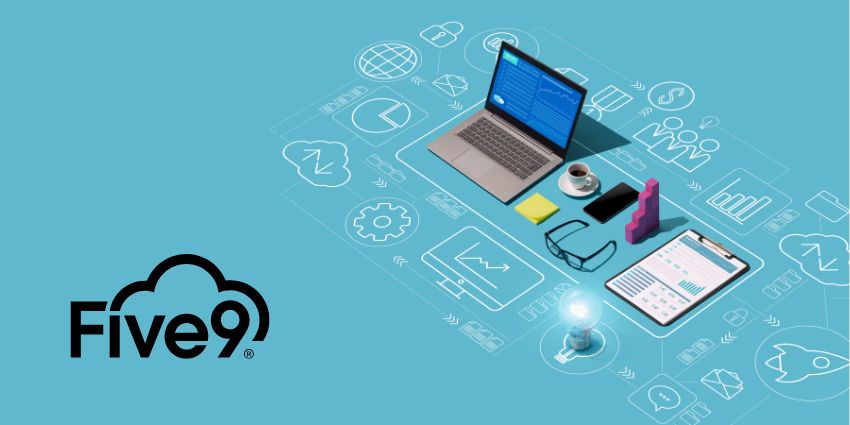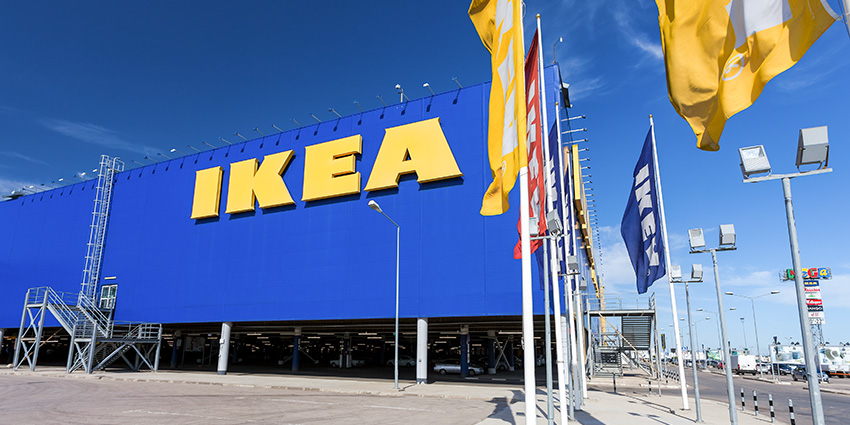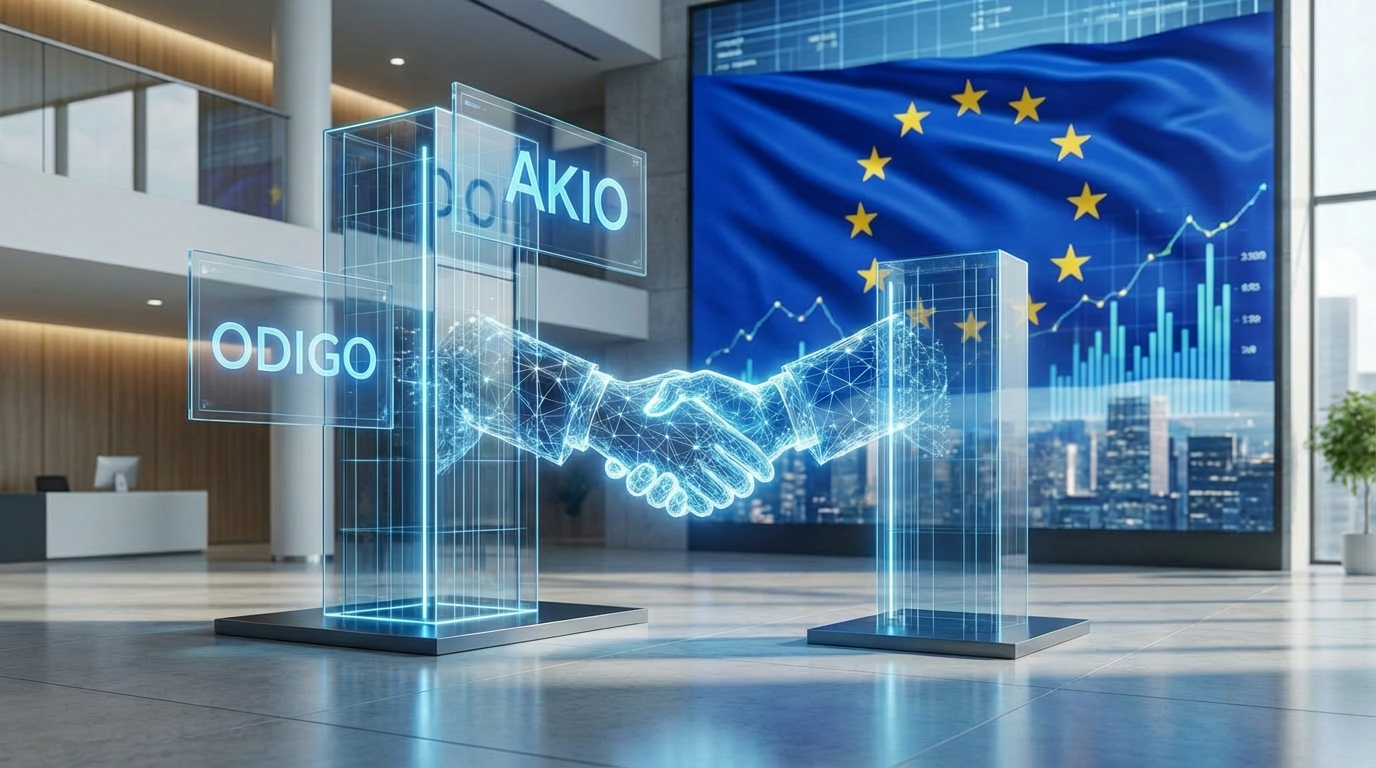Digital transformation is happening in virtually every industry at an accelerated rate.
Since the pandemic, companies have been forced to invest rapidly in new technologies to preserve productivity, maintain high levels of customer satisfaction, and unlock new revenue opportunities.
Going forward, there’s no doubt that investment in technology will be needed to ensure organizations can keep up with the changing expectations of their consumers.
However, as Matt McGinnis, VP of Product Marketing at Five9, stresses:
“Before companies can take full advantage of the benefits of digital transformation, they first need to overcome the core challenges facing their IT buyers.”
These include lower budgets, increasing inflation, and new economic challenges, which crank up the pressure on technology buyers.
Yet, there are others, like the five below, that companies must be aware of as they work on building the CX stack of the future.
1. Choosing the Right Transformation Space
Perhaps the first challenge many companies face on the path to an enhanced technology stack is determining where to focus their investments. Trends like remote and hybrid work and an increasing need for agility in the CX space have pushed more companies to embrace the cloud as the foundation for their technology strategies.
The proliferation of SaaS platforms has made it easier for companies to transition more of their processes into a scalable cloud environment. However, there are still crucial considerations IT teams must make about effectively leveraging the cloud.
Sharing an example, McGinnis says:
“Companies need to think about balancing their in-house and cloud-based technologies and what kind of cloud environment is best suited for their business model. Multi-cloud, hybrid-cloud, and private-cloud solutions are all evolving.”
For many companies, this may be the best time to think about unifying different software solutions into a more streamlined cloud platform.
Bringing Unified Communications and Contact Center tools together with CPaaS and APIs could reduce configuration and maintenance costs while allowing for greater agility in the CX space.
2. Preserving Security and Compliance
The ability to leverage data by creating better business workflows and enhanced customer experiences is becoming essential for many organizations.
In the contact center of the future, data will continue to be one of the most valuable assets any company holds. However, with more employees working in distributed locations and additional cloud assets to monitor, there may be additional concerns around security and privacy.
In the years to come, IT buyers will need to ensure the technologies they’re investing in help empower them to earn their customers’ trust. This is particularly true now that 81% of consumers say that they must trust a brand to be able to buy from them.
New strategies for managing contact center data, encrypting conversations across multiple channels, and preserving data sovereignty need to be implemented on a large scale. While making significant changes to a cybersecurity strategy can be costly, it’s far more affordable than paying the hefty fines and penalties associated with non-compliance.
3. Maintaining Flexibility with Integrations
The interoperability of tools has become a core concern for IT buyers in recent years. As business workflows grow increasingly complex, distributed tools and systems, unable to share data and work cohesively together, can create severe problems with productivity.
Many business buyers may seek ways to consolidate their technology stack to reduce costs and complexity while preserving high-performance levels.
At a time when development support is difficult to find and skill shortages are rampant in the IT world, buyers are likely to focus on finding tools that make connections between apps as simple as possible – according to McGinnis. He adds
“Companies are beginning to look for organizations that build tools on open platforms and allow them to align their resources into one environment.”
There may also be a growing interest in solutions with no-code and low-code technologies embedded into the ecosystem, allowing teams to build their automated workflows without IT support.
Such flexibility is essential to ensuring companies remain agile going forward as they build intelligent customer experiences.
4. Deciding Where to Innovate
Innovation is happening quickly in the IT landscape. In the customer experience space alone, businesses have begun exploring everything from Extended Reality (XR) and metaverse strategies to generative and conversational AI technologies.
Figuring out where to invest in innovation while working within established budgets will be a challenge for IT buyers, believes McGinnis. He states:
“Most companies will prioritize solutions that deliver a rapid return on investment by solving the issues in their current workflows.
“For instance, conversational AI tools could help organizations reduce the strain on their workforce by giving consumers more options for serving themselves and solving their issues.”
Indeed, when global payment processing provider SumUp partnered with Five9 on intelligent virtual agents, it increased call containment rates by a whopping 50 percent.
Technologies that allow for rapid insights into customer sentiment and intent can assist businesses in making better decisions about how to improve the technology stack to boost revenue.
Analytics and reporting tools are likely to become valuable resources among firms trying to pinpoint the best areas for innovation within their technology stack.
5. Preserving and Improving Agent Experiences
One of the most significant issues IT buyers face when implementing new technologies into their ecosystem is limited adoption.
Although companies feel pressured to evolve and improve their operations with tools, 45% of contact center agents avoid new technology.
As McGinnis says:
“To overcome this issue and ensure solutions generate a proper return on investment, business buyers must prioritize employee experience alongside the customer experience.”
Business leaders need to think about how they can enhance their team’s technology stack with convenient, intuitive, and beneficial solutions to the average workflow.
At the same time, there may be an increased need for development, training, and reskilling among employees leveraging new tools.
Plus, team leaders may need to find new ways to listen to the voice of the employee and find ways to embed their feedback back into the CX buying decision.
Eager to gather additional insights from Five9’s team of CX experts? If so, visit: www.five9.com







